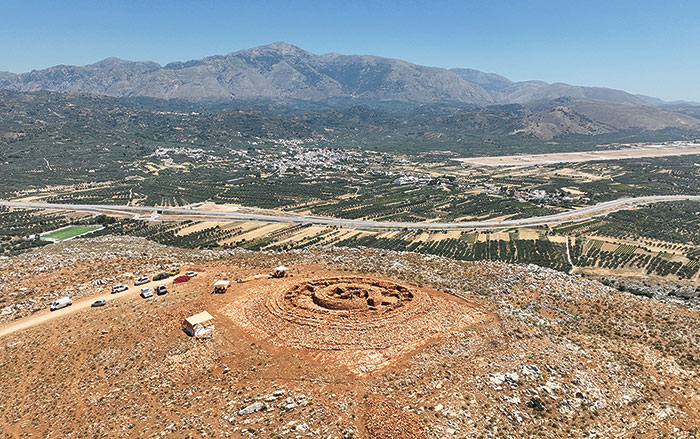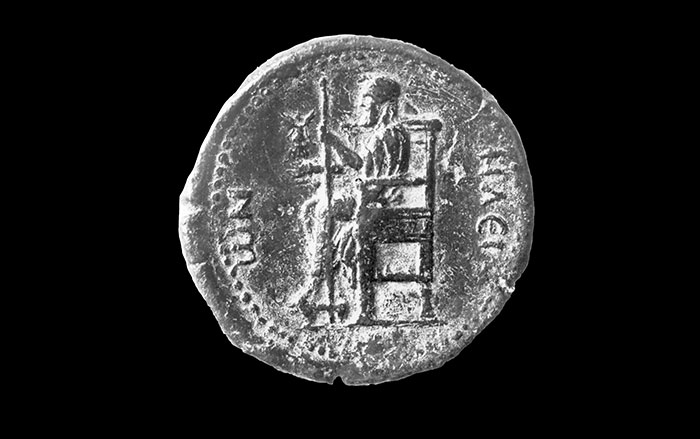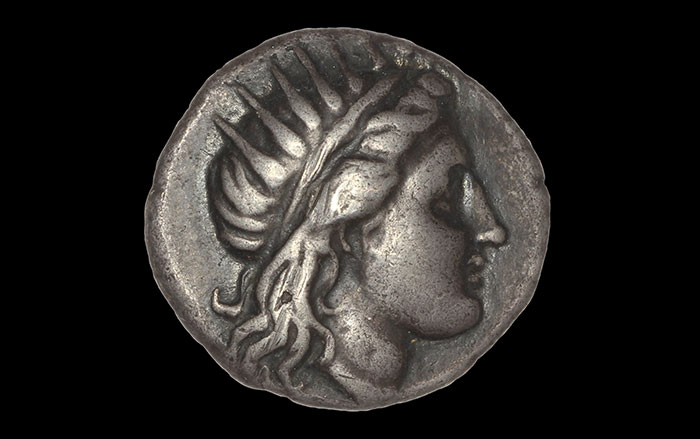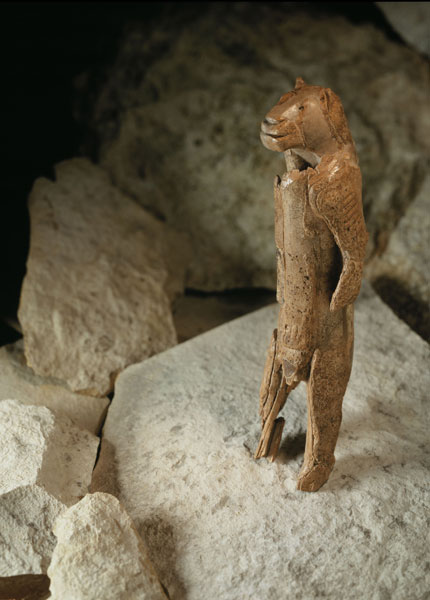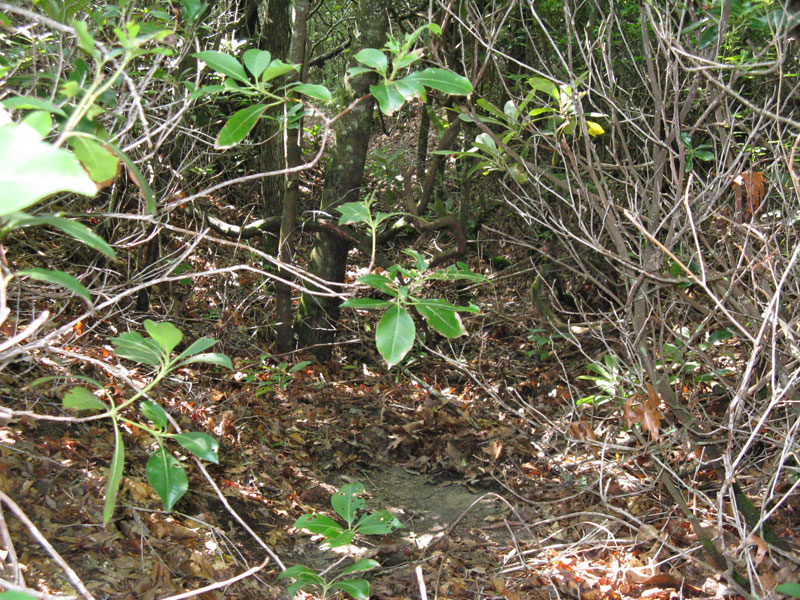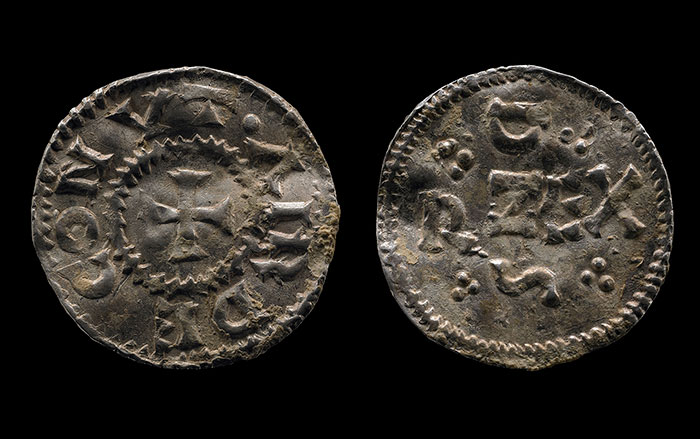
At the beginning of the second century A.D., the emperor Trajan founded Plotinopolis ("Plotina's city") in honor of his wife, Plotina. It soon became an important Roman city in the eastern area of Greece, known in antiquity as Thrace. Like most Roman cities of its day, Plotinopolis had a public bath structure. Digging where he believes the baths were located, archaeologist Matthew Koutsoumanis has recently unearthed the large and well-preserved mosaic that once covered the bath building's floors. Thus far, 104 square feet of mosaics have been uncovered, which Koutsoumanis believes is about one quarter of the entire floor surface. He hopes to have the entire mosaic exposed by spring 2012.
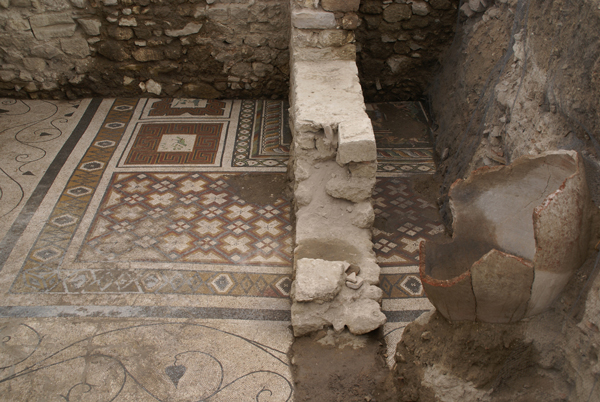
The mosaics, which date to the second half of the second or the early-third century A.D., show various scenes from Greek mythology, including the stories of Leda and the swan and the labors of Hercules, as well as a great variety of intricate multicolored geometric patterns. "Finding these mosaics has been really thrilling," says Koutsoumanis, who has been digging at Plotinopolis for more than 15 years. "It feels like totally new, exciting information is there for us every day, just waiting to be discovered."


